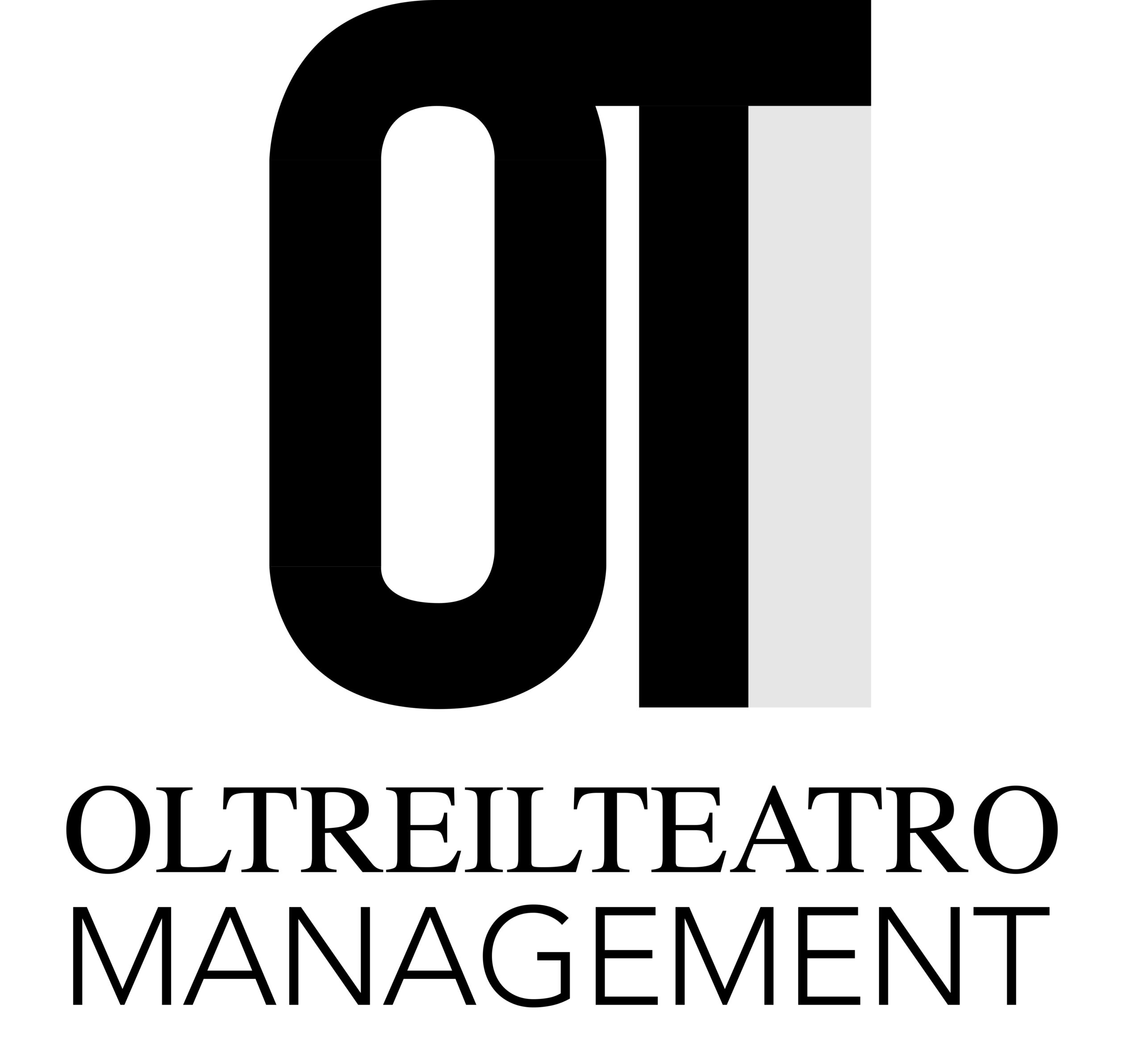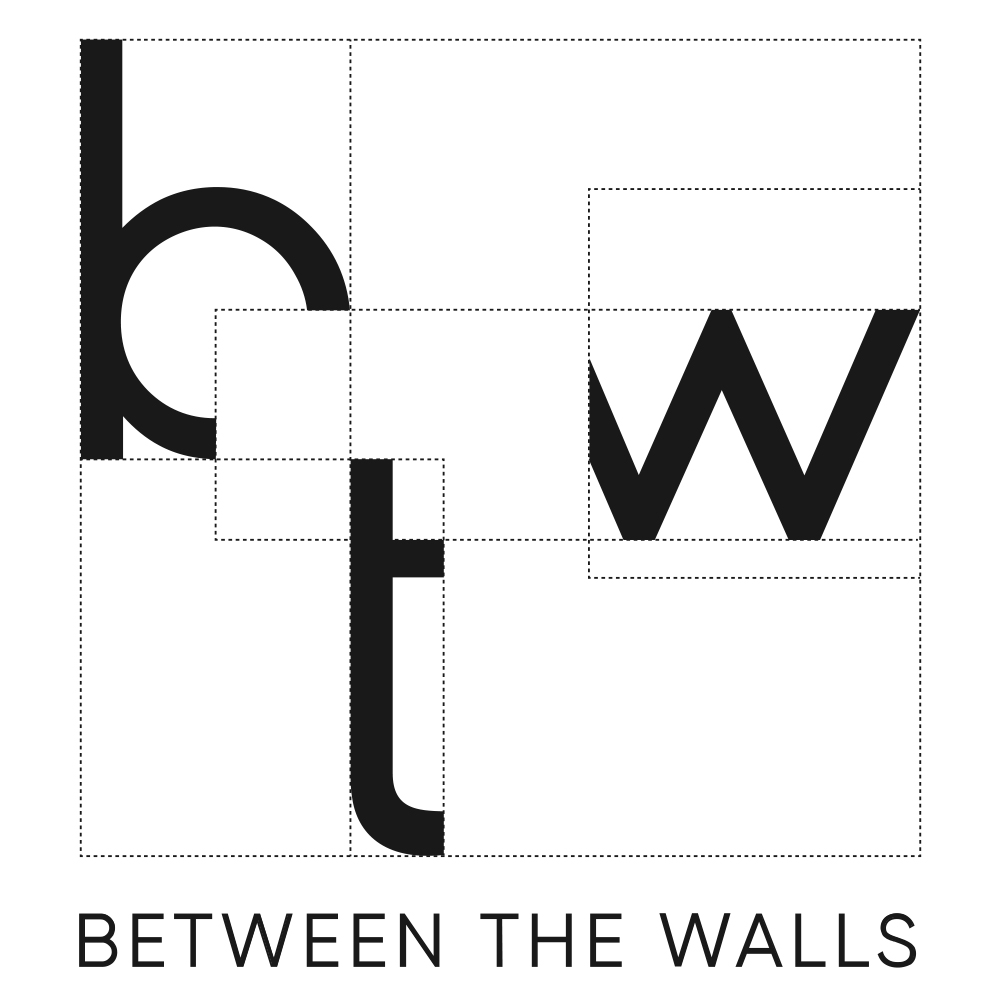Tatyana Khodakova
How much do you think you allow yourself to use the opportunities that life presents to you, in terms of percentage? If, while answering this question, you find yourself looking back and recalling how you could have used your chances in the past, it means you are turned away from today. Consequently, you are not utilizing what is right in front of you now and are not creating future opportunities for yourself. A way not to live in the present is to turn away from real life and constantly focus on past experiences. Thus, a person does not use their opportunities and remains in a state of eternal disappointment about “what could have been”.
Many of us utilize far fewer chances than life offers us. We allow ourselves much less than what the world presents to us.
ONE SHOULD LEARN HOW TO ALLOW HIMSELF EVERYTHING
Since the more opportunities you utilize, the more you can see.
So why does a person not allow themselves to “take” the opportunities that life offers them? It’s important to understand that allowing is one of the stages of creation (one of the stages of realizing desires), of which there are six in total:
1. Desire: For example, I am currently writing an article and realize that I want to drink coffee.
2. Allow: Should I allow myself to drink coffee now, or should I wait until I finish the article?
3. Create: This involves bringing into existence the structure through which the desired outcome materializes in life. For example, I can go and make myself coffee or ask someone in my surroundings to bring it to me right now.
4. Integrate: This means not spilling the coffee along the way and not dropping it when I drink it.
5. Manifest: Taking a sip of coffee.
6. Transform: I drink the coffee and become different — now I have coffee inside me. My state has changed — after drinking the coffee, I feel, for example, more energetic.
We go through these stages every time we bring our desires to life, whether it’s a desire to drink coffee or to build a house.
The stages will always remain. However, there may be blocks at these stages, which are obstacles that prevent us from achieving the desired result. Today we will look at the obstacles that cause a person to “get stuck” at the stage of allowing.
What are the main reasons for not allowing oneself to have what they desire?
“I am not worthy” is one of the common reasons for not allowing oneself. This belief arises because a person was devalued at some point (in childhood): “You don’t deserve it” or “There are others who are more worthy.” A child is forced to accept such devaluation in order to maintain a connection with parents or other significant people. In other words, devaluation becomes a tool for maintaining ties with loved ones, and it transforms into an internal program that prevents a person from allowing themselves to have what they desire. The strategy of not allowing manifests even in speech: “I can’t afford this.”
“Not for us” is another belief that serves as a block at the stage of allowing. The idea of “Not for us” implies: “I will pay too high a price for allowing.” In other words, if I allow myself to have what I want, I will pay for my results with a feeling of belonging — I will cease to be part of “us,” as if I will be cast out from this group of “us.” Thus, I will choose belonging to “us” over my success or desires. The belief of “Not for us” hides the idea of rejection by parents (or significant people). This idea is false. When a person brings their beliefs to the level of consciousness, they can begin to manage them.
So, a person with the belief of “Not for us” faces their unwillingness to pay such a “high price” for their “wants,” for their desires, for their success, because they are plagued by the idea of rejection by significant people. They feel that for their desires, for their realization, for their success, they will have to pay with their time, their soul, their family, their loved ones, and their body.
Let’s approach this from an unexpected angle.
So why not pay with your limitations instead?
Why not pay with the idea of being the “good girl” who isn’t allowed to take what she wants? Why not pay by refusing to devalue yourself? Try letting go of the notion that “it’s not nice to act this way”—go ahead and do it.
Pay with the thought of “what will they think of me?” — take the plunge and try doing things your way. Dare to discover that you have what to pay and start monetizing your limitations by relinquishing them.
Dare to “take” what was once forbidden to want, realizing that you are paying with your old programs—thus, you are transforming old limitations into new opportunities.
A person has been imposed with the “correct” image, which they continue to choose instead of selecting their own desires and possibilities. For example, the image of being “good” can cost you dearly because you pay for this role with your boundaries, your opportunities, your money, and your choices, just to be considered “good.” It is by adopting this image of “goodness” that you pay to grow in your possibilities, to grow in your results, and to grow in your allowances.
“What do you allow yourself? Immediately start allowing yourself more“
Translated by Maria Zayats
Photo by Maksim Chernishev
Read also:
The Art of Letting Go of Control

Татьяна Ходакова
Практический психолог
Интегративный подход






